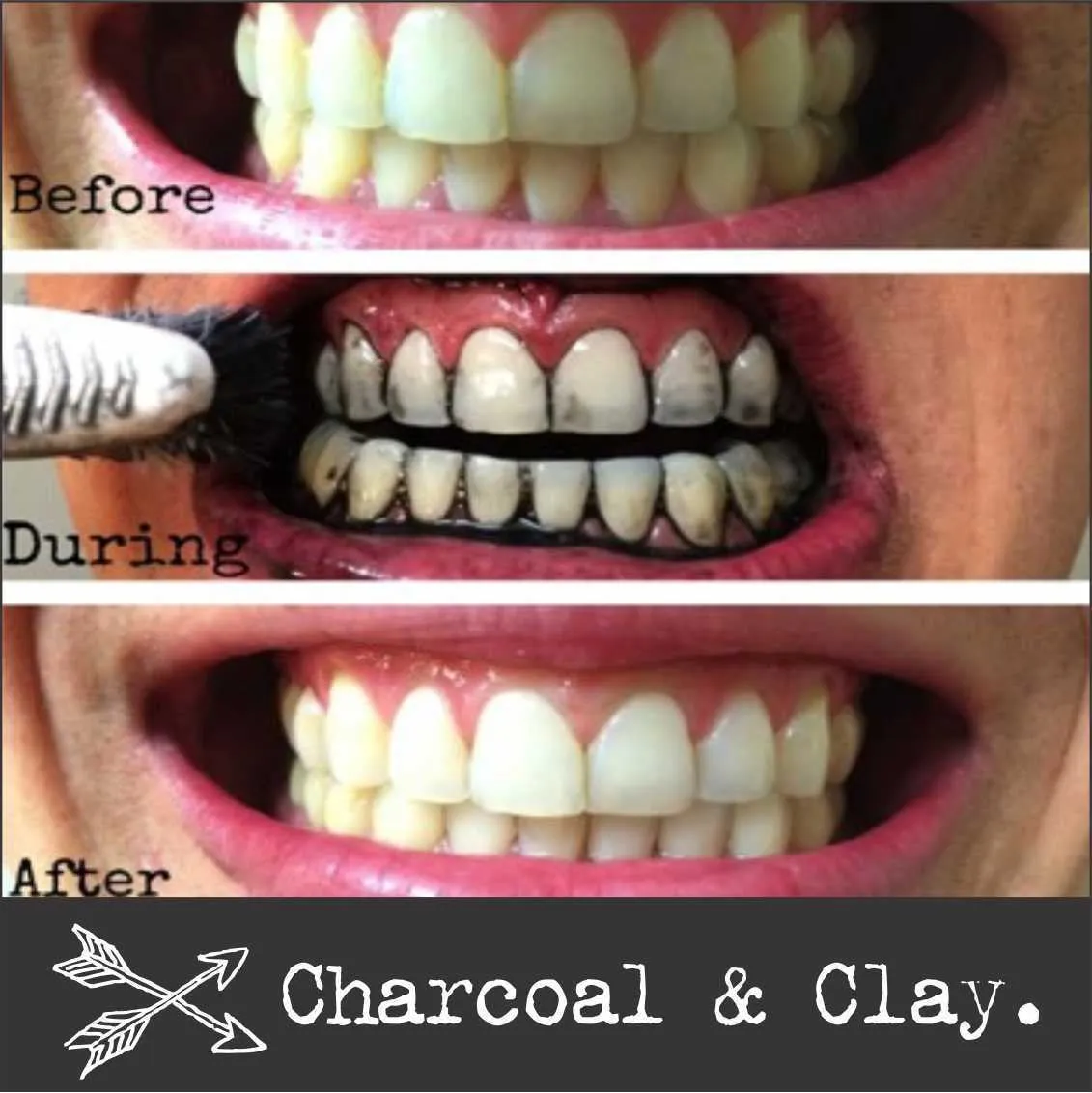What is Charcoal Teeth Whitening
Charcoal teeth whitening has surged in popularity as a natural method for brightening smiles. It involves using activated charcoal, a fine black powder, to remove stains and discoloration from teeth. This method is often favored for its perceived natural approach compared to chemical-based whitening treatments. People are increasingly seeking alternatives to traditional dental procedures, and charcoal teeth whitening has stepped in as a viable, readily accessible solution. The basic premise relies on the absorbent properties of activated charcoal, which is said to bind to impurities on the teeth, lifting them away and revealing a brighter surface. Its effectiveness is a subject of debate, but its appeal is clear, aligning with the growing trend of natural and holistic health practices.
How Does Charcoal Teeth Whitening Work
The mechanism behind charcoal teeth whitening is rooted in activated charcoal’s porous structure. This high porosity gives it a large surface area capable of adsorbing, or attracting, substances like stains and bacteria. When used for teeth whitening, the charcoal is supposed to bind to the tannins and other compounds that cause discoloration from coffee, tea, wine, and other foods. It is then brushed away, theoretically taking these staining agents with it. This process is purely mechanical, as activated charcoal doesn’t chemically alter the tooth’s enamel. However, the effectiveness varies, and some people report visible improvements while others see minimal changes. Moreover, the abrasive nature of charcoal can pose risks if not used correctly, underscoring the importance of understanding its potential impact on oral health.
The Science Behind Charcoal Whitening
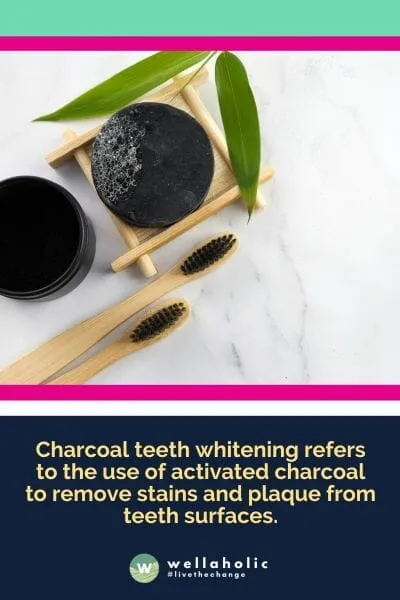
The scientific backing of charcoal teeth whitening is somewhat limited. While activated charcoal is known for its absorption properties, its specific effectiveness on tooth whitening has not been extensively studied. Some studies suggest that activated charcoal can remove surface stains, but there is no conclusive evidence that it can penetrate deeper stains or fundamentally change tooth color. The primary action is likely due to the abrasive nature of the charcoal, which can help scrub away surface stains. However, this abrasive quality also raises concerns about potential damage to tooth enamel. Therefore, it’s crucial to approach charcoal whitening with a balanced view, recognizing the potential for superficial stain removal while being aware of the limitations and risks associated with its use.
Activated Charcoal and its Role
Activated charcoal is the key ingredient in charcoal teeth whitening. It’s produced by heating carbon-rich materials, such as coconut shells or wood, at high temperatures and then activating them with steam or chemicals. This process creates tiny pores that increase the surface area of the charcoal, enhancing its ability to adsorb impurities. In teeth whitening, the activated charcoal is used to bind to stains and other substances that cause discoloration. However, the charcoal itself does not bleach or whiten the teeth chemically. Its action is purely mechanical, removing the surface stains through abrasion. The effectiveness of this method depends on the type of stains present, the frequency of use, and the individual’s oral hygiene habits.
The History and Evolution of Charcoal Whitening
The use of charcoal for oral hygiene dates back to ancient times, with various cultures using it to clean and whiten teeth. Historically, charcoal was used as a common ingredient in toothpaste and other oral hygiene products. However, its popularity waned with the advent of modern dentistry and chemical-based whitening treatments. In recent years, charcoal teeth whitening has seen a resurgence, driven by a growing interest in natural remedies and holistic health practices. This renewed interest has led to the development of numerous charcoal-based products, from toothpaste to powders, and a corresponding increase in their use. The current trend is fueled by social media and marketing, with many people sharing their experiences and promoting the perceived benefits of charcoal teeth whitening.
Different Types of Charcoal Used for Whitening
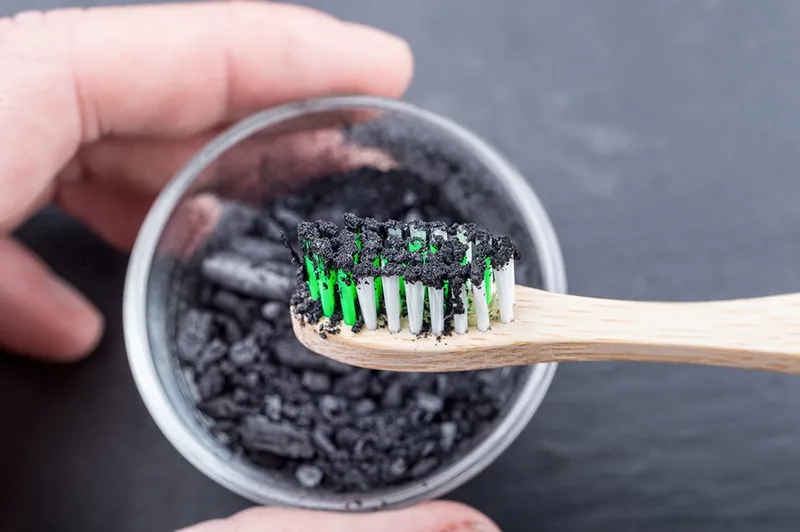
Different sources of charcoal are used in teeth whitening products, and the origin can affect its properties. Coconut shell charcoal is a popular choice due to its sustainability and porous structure, which is ideal for adsorption. Other types of charcoal, such as wood charcoal, may also be used, but the effectiveness can vary depending on the processing and activation methods. The quality of the charcoal is crucial; it should be finely ground and free from contaminants to minimize any abrasive effect on the enamel. The choice of charcoal type often depends on factors like availability, cost, and environmental considerations. Regardless of the source, the activated form is the most important aspect, as it is the key to its ability to adsorb stains and impurities.
Benefits of Charcoal Teeth Whitening
Proponents of charcoal teeth whitening often cite several potential benefits, including the removal of surface stains from coffee, tea, and wine, leading to a brighter smile. It’s seen as a natural alternative to chemical whitening treatments, aligning with consumer preferences for organic and holistic approaches. Charcoal can also help freshen breath by absorbing odor-causing bacteria. Some users report a noticeable improvement in the overall cleanliness of their teeth. Charcoal is readily available and relatively inexpensive, making it an accessible option for many people. However, it is important to note that the benefits are primarily cosmetic, focusing on surface stain removal, and not a permanent teeth whitening solution.
Potential Risks and Side Effects
Charcoal teeth whitening comes with potential risks and side effects that should be carefully considered. One of the primary concerns is its abrasiveness. Over time, the use of charcoal can wear down the enamel, increasing the risk of tooth sensitivity and making teeth more susceptible to decay. The abrasive nature can also irritate the gums, causing inflammation and bleeding. There’s a risk of charcoal particles getting lodged in existing dental work, like fillings or crowns, leading to discoloration or further dental issues. Moreover, charcoal doesn’t contain fluoride, which is essential for strengthening enamel and preventing cavities. It’s crucial to consult with a dentist to assess the suitability of charcoal whitening and to understand the potential risks involved.
Is Charcoal Teeth Whitening Right for You
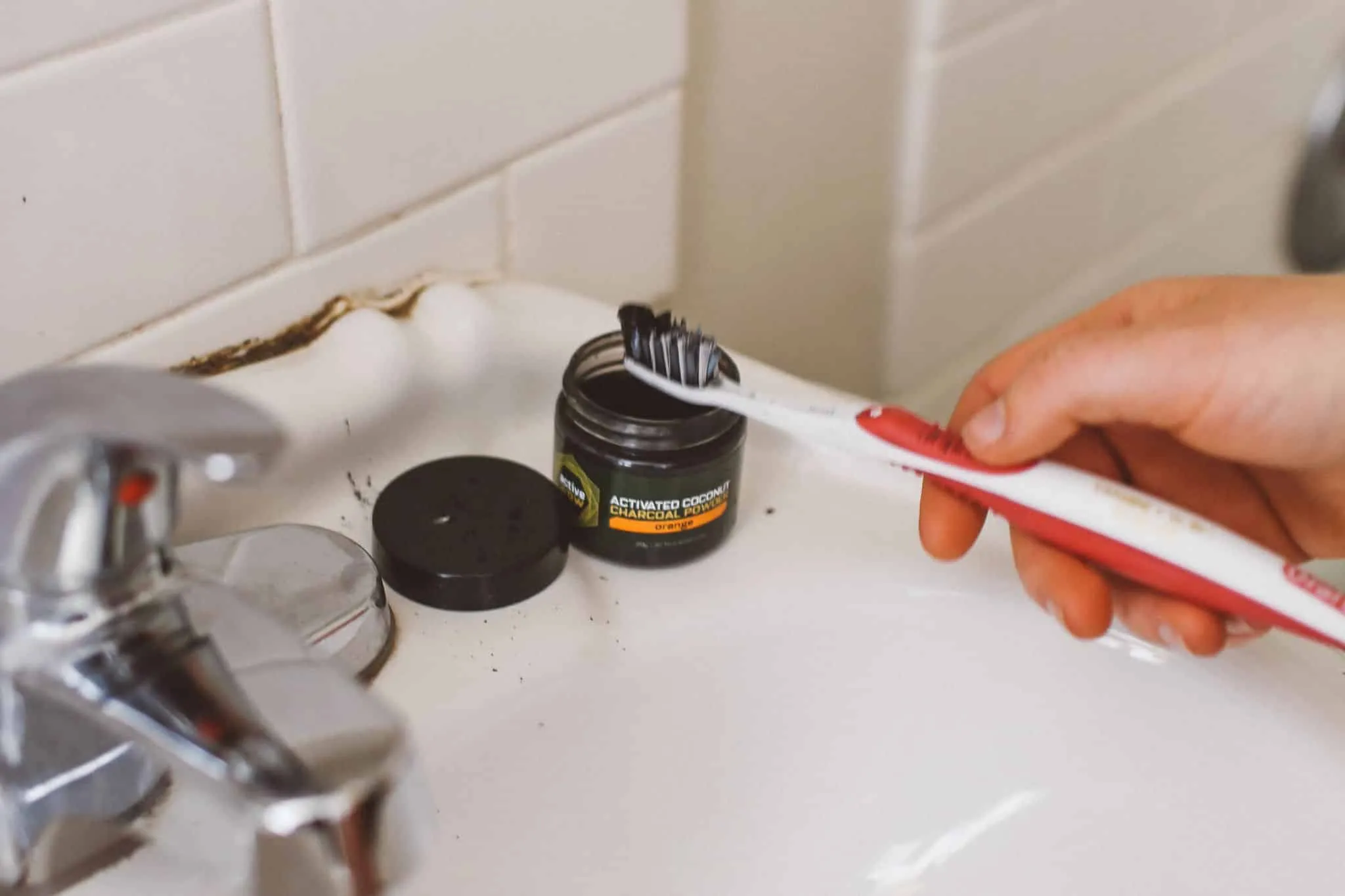
Determining whether charcoal teeth whitening is right for you involves considering several factors. If you have sensitive teeth, pre-existing dental issues, or a history of enamel erosion, it’s best to avoid charcoal whitening. Those with significant dental work, like fillings or crowns, should also proceed with caution, as charcoal can stain these materials. If you are looking for significant whitening, it is unlikely that charcoal alone will provide the results you desire. Consider your oral health and consult your dentist before starting any new oral hygiene regimen. This ensures that you make an informed decision and that any potential risks are carefully evaluated. Individuals with healthy teeth and minimal sensitivity may see some benefits, but moderation and proper technique are key.
How to Use Charcoal for Teeth Whitening
Using charcoal for teeth whitening typically involves these steps: Start by wetting your toothbrush. Dip the bristles into the activated charcoal powder. Gently brush your teeth in small, circular motions for about two minutes, being careful not to scrub too aggressively. Rinse thoroughly with water to remove all traces of charcoal. Follow up with your regular toothpaste to ensure proper cleaning and fluoride exposure. Use charcoal whitening sparingly, perhaps once or twice a week, to minimize potential risks to your enamel. Be sure to choose a charcoal product designed for oral use and follow the manufacturer’s instructions. It’s important to be gentle and patient, as results may take time and consistency to appear. If you experience any sensitivity or discomfort, discontinue use and consult your dentist.
Charcoal Whitening Products
A variety of charcoal whitening products are available, including charcoal toothpaste, powders, and toothbrushes with charcoal-infused bristles. Charcoal toothpaste combines activated charcoal with other ingredients for cleaning and whitening. Charcoal powders are often pure activated charcoal, offering a more direct approach. Charcoal-infused toothbrushes provide a gentler way to incorporate charcoal into your oral hygiene routine. When selecting products, it’s essential to look for those specifically designed for oral use and that have been tested for safety. Check the ingredient list for any additives that might be harmful and consider brands recommended by dental professionals. Reviews and feedback from other users can also provide valuable insights, but always prioritize your oral health and consult your dentist if you have any concerns.
Application Methods
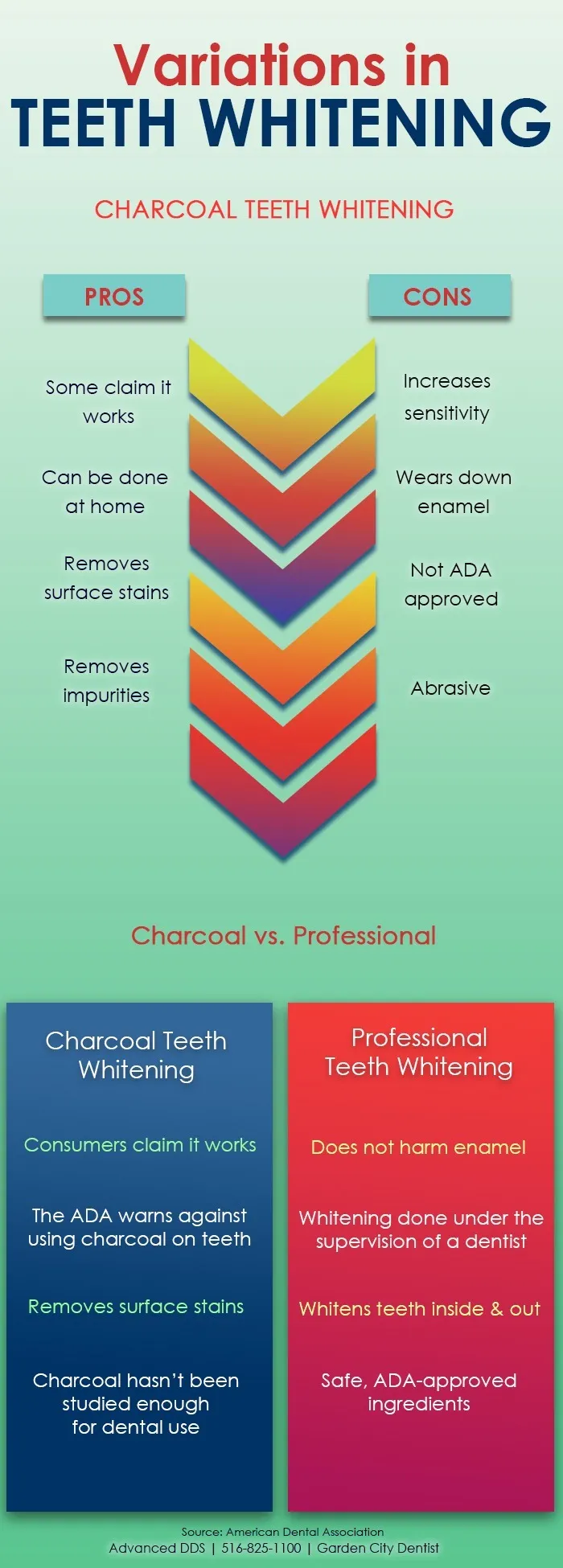
The methods for applying charcoal for teeth whitening vary slightly depending on the product. With charcoal powder, you typically wet your toothbrush, dip it in the powder, and brush gently. Charcoal toothpaste is applied like regular toothpaste. Charcoal-infused toothbrushes are used in the same manner as standard toothbrushes. Regardless of the method, gentle brushing is key to avoiding enamel damage. Avoid aggressive scrubbing and focus on a thorough, but mild, cleaning action. Always rinse your mouth well after using charcoal, and consider using regular toothpaste afterward to ensure fluoride exposure for enamel protection. Different application methods can cater to different preferences and needs, so it’s about finding what works best for your oral hygiene routine and comfort.
Maintaining Results after Charcoal Whitening
Maintaining the results of charcoal teeth whitening involves consistent oral hygiene practices. Continue brushing twice a day with fluoride toothpaste, and floss daily to remove plaque and food particles. Limit your consumption of staining foods and drinks, such as coffee, tea, red wine, and dark berries. Regular dental checkups and cleanings are essential to remove any remaining surface stains and to assess your oral health. Consider using a whitening toothpaste or mouthwash as part of your routine, but always follow your dentist’s recommendations. The longevity of charcoal teeth whitening results varies, but by maintaining good oral hygiene habits and avoiding staining agents, you can extend the benefits and keep your smile bright and healthy. Remember, consistent care is key to a lasting, radiant smile.
